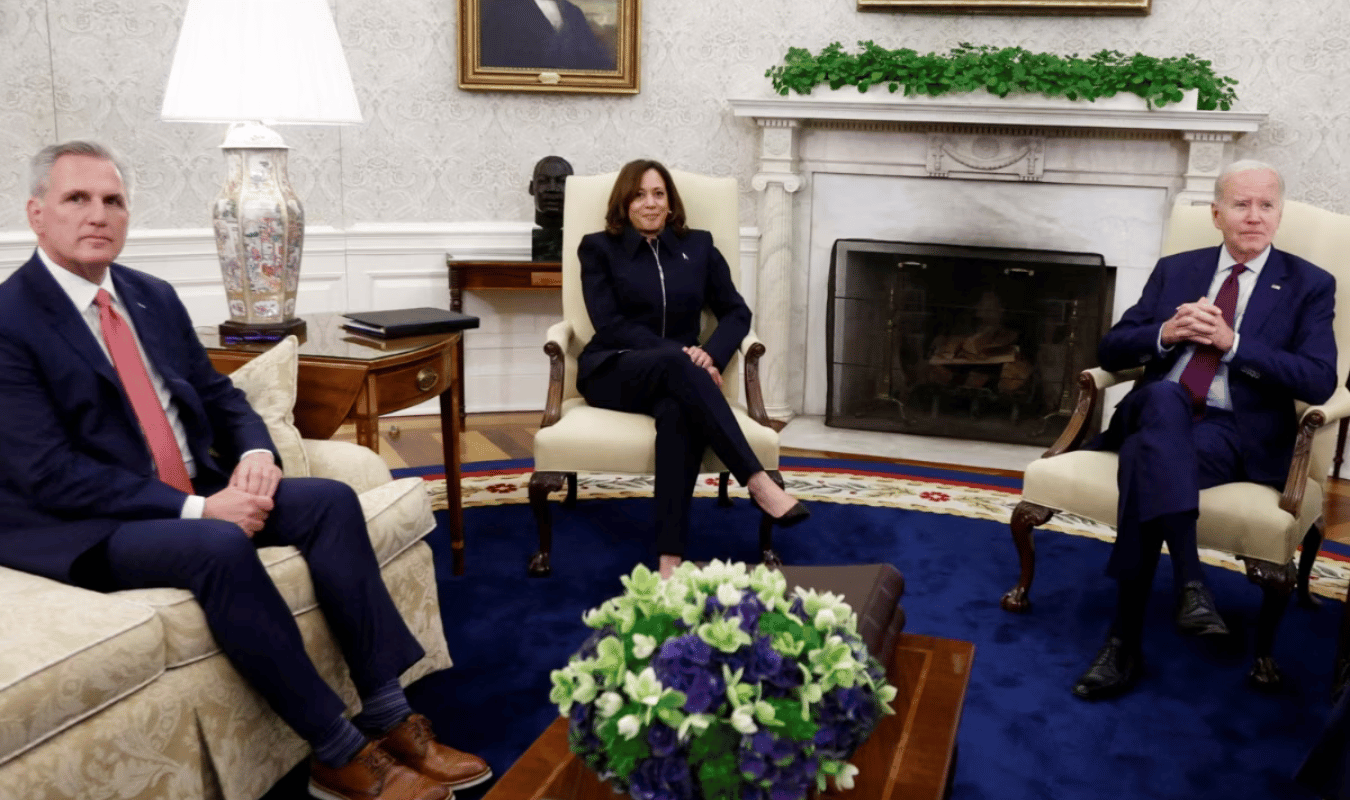A Landmark Agreement: Understanding the Recent 'Agreement in Principle' on US Debt Ceiling
The White House and Republicans have recently reached an agreement in principle on raising the US debt ceiling, according to House Speaker Kevin McCarthy. This development comes after US Treasury Secretary Janet Yellen warned that the Treasury Department would not have sufficient funds to pay all of the nation's obligations on time if Congress did not address the debt ceiling by June 5.
The US government hit its borrowing cap in January, forcing the Treasury to rely on cash and extraordinary measures to pay its bills. The Treasury is set to send out more than $130 billion in payments in the first two days of June, including those to veterans, Social Security and Medicare recipients. Despite having $38.8 billion of cash on hand as of Thursday, the balance has declined, prompting urgent calls for a resolution to the debt ceiling issue.
The Agreement
The tentative agreement reached between the White House and Republicans involves raising the nation's debt ceiling for two years and placing new limits on spending over that period. President Joe Biden, House Speaker Kevin McCarthy, and their negotiators have all expressed support for the deal. Key stakeholders, such as the US Chamber of Commerce, moderate Republicans like Rep. Don Bacon, members of the Committee for a Responsible Federal Budget, and Rep. Dave Joyce, have praised the agreement as a positive compromise.
Support and Opposition
President Biden has tweeted his support for the debt ceiling deal, and House Republicans, including Jim Jordan, have discussed the agreement during a call, with Jordan expressing some praise. Speaker McCarthy has defended the agreement, stating that government spending is lower than the previous year and that "we cut the woke out".

However, not everyone is on board. Hardline conservatives are reportedly balking at the agreement and seek to add amendments to the bill or obstruct its passage. It remains to be seen whether these objections will gain traction and impact the final outcome.
Implications for the US Economy
The agreement to raise the debt ceiling comes as a sigh of relief for many, as the potential consequences of not addressing the debt ceiling could have been severe. The US Treasury's inability to pay all of its obligations on time could have led to a default on its debt payments, causing a ripple effect throughout the global economy. By reaching a deal, the White House and Republicans have averted a potential crisis and demonstrated a willingness to work together on crucial economic matters.
Moreover, the two-year timeframe for the agreement provides some stability for the US economy, allowing businesses and investors to plan with a degree of certainty. The spending limits imposed during this period may also help address concerns about excessive government spending, while still ensuring essential services are funded.
The recent 'agreement in principle' on the US debt ceiling marks a significant milestone in addressing the country's pressing financial challenges. With support from key stakeholders, the deal demonstrates a level of bipartisanship and commitment to finding solutions for the greater good. While some hardline conservatives may oppose the agreement, it is crucial for the US economy's stability that the debt ceiling issue is resolved promptly and effectively. The two-year agreement offers a window of predictability and stability, which will undoubtedly benefit the nation in the long run.

